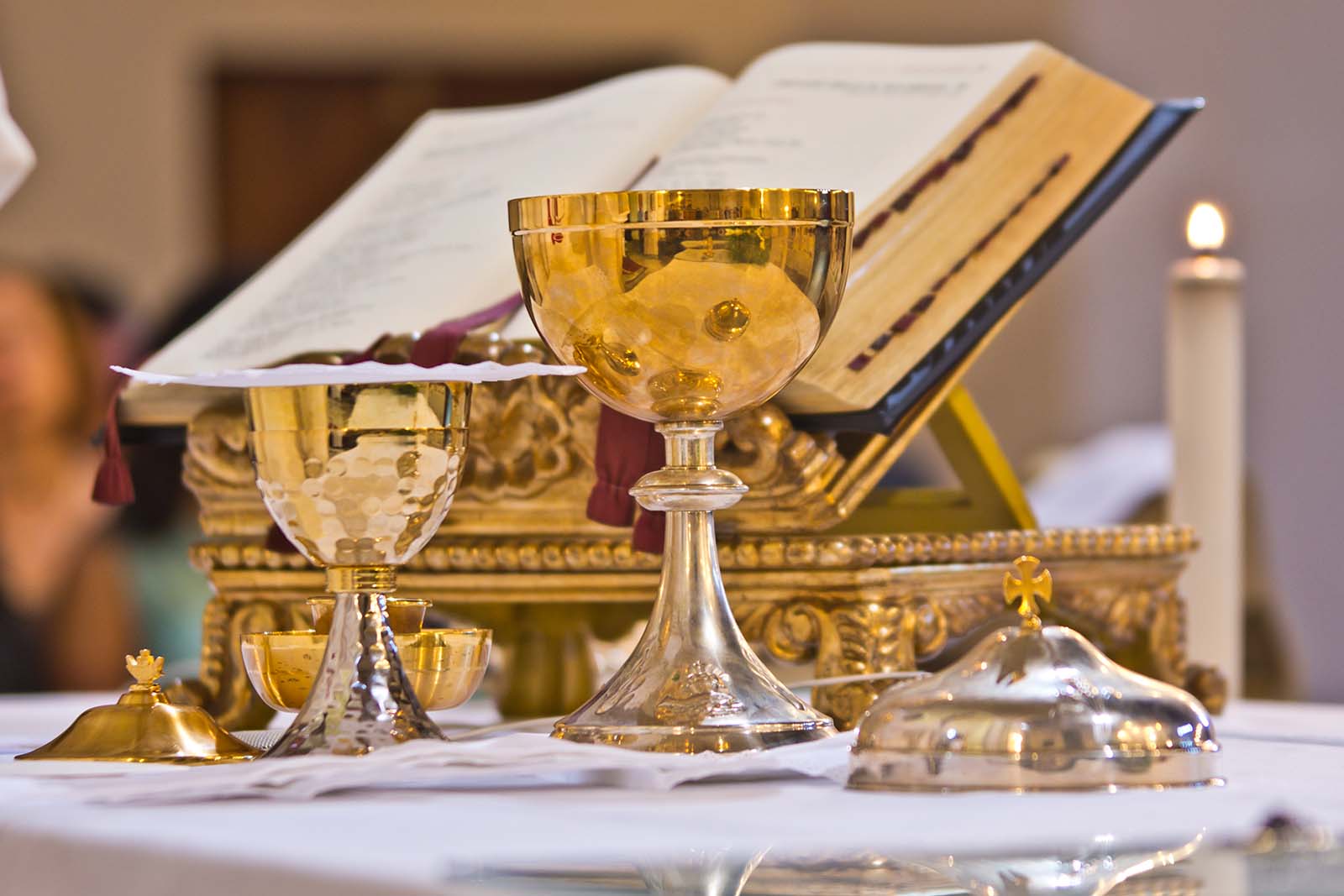Every New Year prompts a proliferation of self-improvement resolutions – diet, quit a vice, exercise more, spend less time on social media, etc. These can be good things, and indeed necessary things for our physical and emotional health. Quickly though, lists fade, self-control wains, and our attention moves to the next shiny thing (at least mine does).
Rather than add to the list of things to do this new year, I’d like to draw our attention to a liturgical list. The liturgy, especially for cradle Catholics, can become rote; every Sunday we say the same prayers, make the same gestures, and see the same people. So, it can be helpful for us this year to consider how we are formed by the liturgy—how it can shape and change us for the better.
In 1918, a young German priest named Romano Guardini wrote The Spirit of the Liturgy, an extended essay on the significance of liturgical practice in our lives. In it, Guardini, explains the place of community, prayer, humility, play, and eternity in the liturgy. And it is these five elements that can shape our experience of the mass in 2023.
Community
Liturgical celebration works against individualism. We are, as Americans, an individualistic people. Yet, liturgical celebration calls us to pray as one unified body. Guardini writes, “The liturgical entity consists…of the unified body of the faithful as such—the Church—a body which infinitely outnumbers the mere congregation.”[1] At mass, the whole body of Christ is offered to the Father; there we are united as one. This occurs regardless of how we feel or what we’re currently experiencing. That’s not to say our emotions aren’t important, but the liturgy isn’t primarily about my private prayer; it’s rather about coming “face to face with God, not as an entity, but as a member of this unity.”[2]
Prayer
The liturgy does, however, inform and shape our private prayer. Liturgical prayers are filled with references to dogmatic truths of our faith.[3] If the liturgy rests on a bedrock of truth, and the liturgy is our teacher, then so too does our prayer rest on a solid foundation when it’s informed by truth. Our current emotional state can only take us so far in prayer, so we need God’s truth to ground and sustain us. Practically, then, we might pray with Scripture, a spiritual book, the Catechism, or even the prayers of the Mass this New Year.
Humility
The liturgy is not only a school of prayer, but it’s also a school of humility. According to Guardini, the liturgy teaches us humility because in it we give up on ‘self-rule and self-sufficiency.’ We also learn “humility by positive action; that is to say, by the acceptance of the spiritual principles which the liturgy offer.”[4] Liturgy, especially the mass, is governed by a set of structures and ideas which we did not choose. Unlike in our lives when we choose what we eat, where we sleep, and what we watch, the liturgy teaches us the humility of being led by another and of giving up spiritual control.
Play
Giving up control does not mean that we lose something; rather it’s quite the opposite. Freed from the gongs of self-preoccupation, we can enter what Guardini called the ‘play’ of the liturgy. “The child, when it plays,” Guardini says, “does not aim at anything. It has no purpose. It does not want to do anything but exercise its youthful powers.”[5] This is not to say play has no meaning, for play is full of meaning. Its meaning lies, “in the unchecked revelation of this youthful life in thoughts and words and movement and actions.”[6] The liturgy, which is in the realm of the supernatural, invites us to play as a child of God. In the liturgy, Guardini says, “man, with the aid of grace, is given the opportunity of realizing his fundamental essence, of really becoming that which according to his divine destiny he longs to be, a child of God.”[7] The liturgy, if we let it, can form our soul to desire a playfulness before the Lord – to not always consider the purpose or function of what I’m doing in prayer, but to rest in the simple joy of being before God.[8]
Eternity
Finally, the liturgy forms us to live for eternity. According to Guardini, “we are not merely transitory, but something of us belongs to eternity, and the liturgy takes these elements into account.”[9] At mass, we ‘look forward to the resurrection of the dead and the life of the world to come’ and taste eternity in the Blessed Sacrament. The latter of which is of incomparable worth. As we enter 2023, let the liturgy be our teacher drawing us into community, teaching us how to be humble, to pray and to play, and how to keep our eyes fixed on the world to come.


